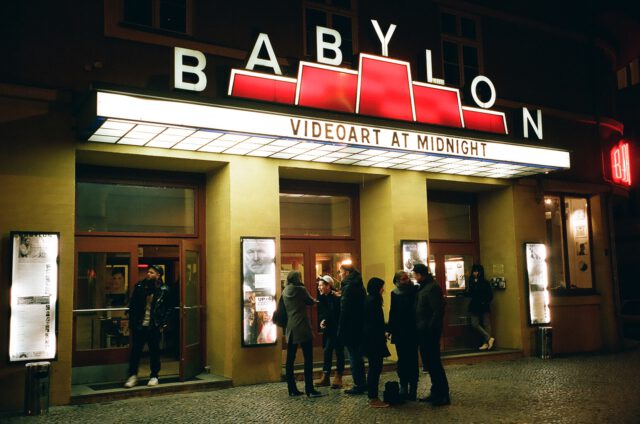… But definitely key words such as “project space”, “artist-run”, “grassroots”, “laboratory”, etc. are still good key words (to be constantly re-discussed) that underline the spirit and intention of such open experiments that somehow can only function as open experiments!
A free interactive and inclusive format to create, express, and exchange interdisciplinary ideas with spontaneous, playful, DIY approaches; having access to and exchanging various physical spaces to manifest all facets of what independent cultural production can unfold – also in the sense of creating social awareness and responsibility due to the fact that every single participant, no matter the “role” or “title” is deeply aware & involved in the process of making things happen, sharing responsibilities and profits (if there are any 🙂
… Investors and businesses assumed the form of faceless international partnerships with enormous capital and devouring public resources deciding on the future of all citizens, delivering less and less social protection and consideration for cultural and social diversity.We are very happy with the network. Whenever we had questions or doubts, the Network had an answer or guided us. Being a project space, we can see how lucky we are to have the support of this organization that has allowed us to be where we are now. We are very grateful to your organization and wish you all the best for the future.So ist der ideale Projektraum vor allem ein Raum, in dem der Wert eines Werkes nicht durch seinen Verkauf definiert wird.

